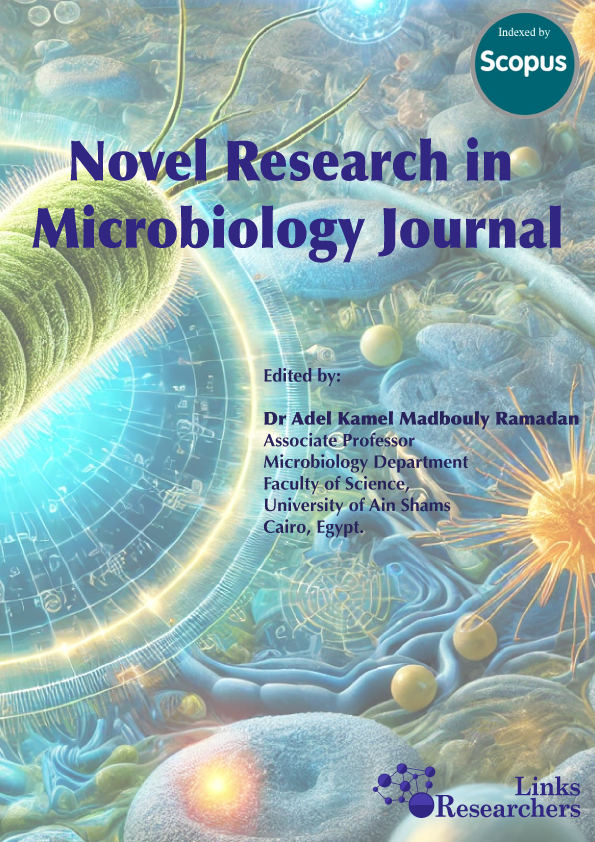Prevalence of microorganisms associated with Pelvic inflammatory disease in reproductive aged women in Onitsha North, Anambra state, Nigeria
Volume 2, Issue 6 November and December 2018 Pages 147-155
Prevalence of microorganisms associated with Pelvic inflammatory disease in reproductive aged women in Onitsha North, Anambra state, Nigeria
Eze E.M. 1 Unegbu V.N. 2 Ezebialu C.U. 3 Nneji I.R. 4
ABSTRACT
The prevalence of pelvic inflammatory disease (PID) and its associated microbes among reproductive aged women in Onitsha north, Anambra state, Nigeria, were investigated. A total of 500 reproductive aged women between the ages of 10 - 50 years were examined; where 300 of them showed positive results. A total of 640 microorganisms were isolated. Nine (9) microbial genera were recovered consisting of seven bacterial genera; one yeast sp. and one protozoan isolate. Monomicrobial growth was recorded in 53 (7.17%), polymicrobial growth in 23 (7.7%) and bacterio-fungal growth in 10 cases (33%). Staphylococcus aureus accounted for 150 (50%) cases; followed by Escherichia coli 125 (41.7%), Streptococcus pyogenes 15 (5%), Klebsiella pneumonia 55 (18.3%), Proteus mirabilis 25 (8.3 %), Pseudomonas aeruginosa 64 (21.3%), Neisseria gonorrhoeae 62 (20.7%), Candida albicans 56 (18.7%), and Trichomonas vaginalis 88 (29.3%), respectively. Frequency of occurrence was predominant with the age groups of 21-30 and 31-40 years; conversely was least in ages of 10-20 and those age >51 years; respectively. There was significant statistical difference between microbial infection and the age-group (p<0.05). PID is a major public health problem, thus needs to be prevented and controlled.
To share on other social networks, click on any share button. What are these?





